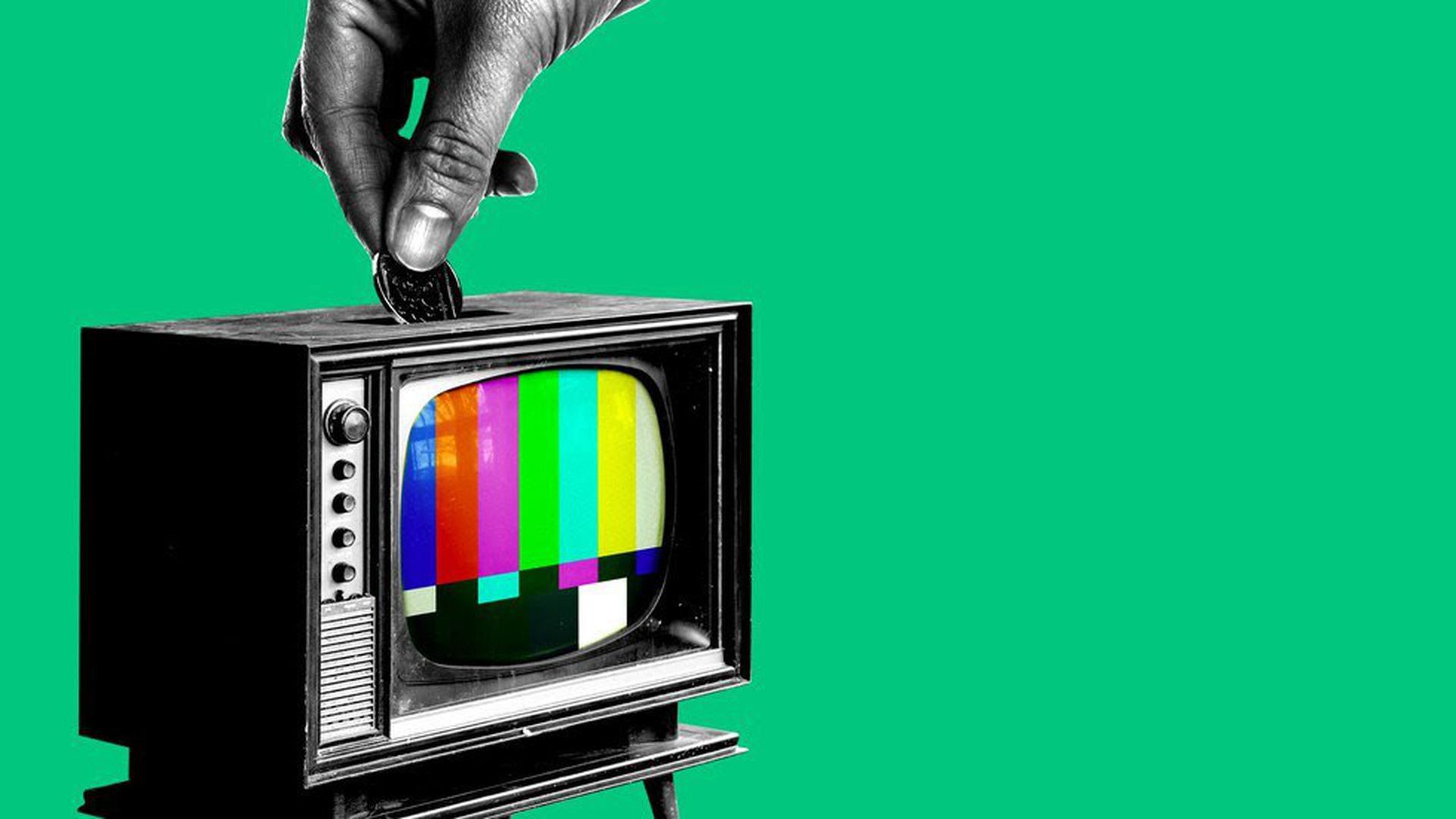Broadcast television faced a big reckoning in the 1980s. Cable really came into prominence, and people started to turn to a vast expansion of viewing options. While they had to adapt, network TV made it through this era and continued to thrive. However, the reckoning that the original networks and the expanded cable networks now face is a whole different beast.
This time it will lead to the end of cable and broadcast television altogether within the next few decades.
Why Is Streaming an Insurmountable Threat?
Since the original networks were able to make it through the rise of cable television, you may be wondering why the system will fall against streaming services. There are many specifics for why this challenge is different. Here are a few of the major ones.
Different Players
One of the main differences between the rise of streaming and the rise of cable is that different companies are involved. While some of the new cable networks were independently operated, many were owned by the same companies that owned the original networks. For those that were independent, nearly all bought each other out over time. With streaming services, though, there are some new players in town.
The two streaming platforms to set the stage were Netflix and Amazon Prime, neither of which had any involvement with broadcast television. Over time, some of the old hands have gotten into the game. Although, many likely made the transition too late.
An Addition Not an Alternative
Another reason cable wasn’t a game-changer on the same level as streaming, is that it was an addition to the old standard rather than an alternative. When you bought a cable subscription, you still had the old stations on your television. They also still occupied the prime spots at the top of the dial. However, when choosing to stream, many people are dropping the old services altogether.
For many millennials, even if they still got the old networks for free, they wouldn’t watch them because they prefer to watch ad-free, with full-season drops, and on their own timeframe.
Money Money Money
Possibly the biggest reason of all that this revolution is different from the previous one is money. Buying cable cost people money. It was a luxury item in which millions of Americans were not able or willing to invest. Instead, they stuck to the options freely available to them. Streaming, however, saves most people money. Sure, subscribing to all of the different streaming options can be pretty costly. Most people, however, stick to one or two.
With all of the viewing options available on any single subscription, you still have far more choices of what to watch at any given time than you ever did with cable. The price tag per service makes the cost of cable look even more extraordinary.
Of course, for the old networks, there is still the option of getting free, over-the-air signals with an antenna. Nothing beats free. However, the upside of streaming services is far higher than the upside of cable ever was, with a much lower upgrade cost. With many entry-level service prices coming in at under $10, many who wouldn’t pay for cable are switching to streaming.
News, Sports, Reality TV, & Baby Boomers
While cable and network television are disappearing, their demise is slowed by these four powers. The networks have already lost the battle for scripted television. While there are still some quality shows on cable and broadcast TV, they know that a large part of the audience will only end up seeing them through a streaming service. The places where these stations still hold some power are in the realms of news, sports, and reality TV.
Only some reality television fits into this group. There are plenty of reality TV shows doing quite well exclusively on streaming services. What we are focusing more on here is the kind of reality TV that calls for at-home participation in the form of viewer voting. This type of reality television, along with news and sports, is typically more enjoyed live.
Network television will stay quasi-strong with these players for some time still, but it is dwindling. The rise of the live streaming sports events platform is one of the biggest threats to their power. Along with many alternative sources for news popping up all the time (for better or worse), the availability to stream more live sporting events on various platforms each year is hastening the end.
Streaming is the number one choice for watching television for millennials. However, for the baby boomer and those before them, cable is still king. Streaming popularity is increasing in this market as well, but not at the rate at which it is with younger people. The older people get, the less likely they are to make the switch.
This is not a good position for cable television, but it does give them a little more time to try and build a strong streaming option before they go belly up.


